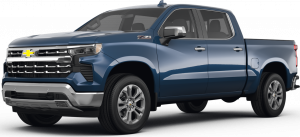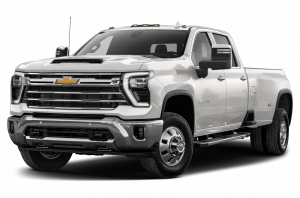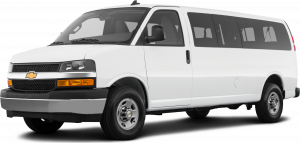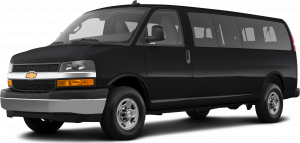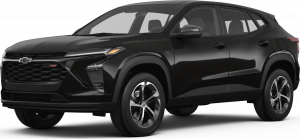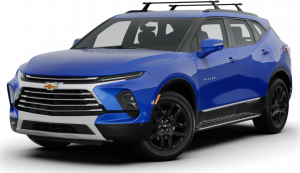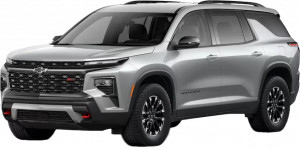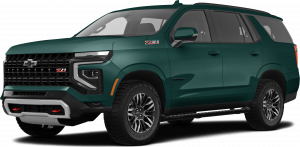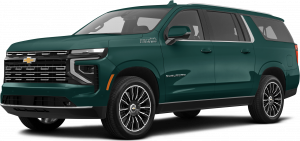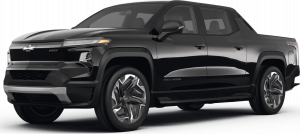Tires and wheels alignment, much like the tires themselves, play a pivotal role in our driving experience. While tires bear the brunt of Redlands' diverse terrains, wheel alignment ensures that the vehicle travels straight and true, without 'pulling' to one side. Proper alignment reduces tire wear, improves fuel economy, and ensures a smoother drive. At Tom Bell Chevrolet, we understand the nuances of Redlands' roads and the demands they place on your vehicle. That's why, in addition to advising on tire replacement, our expert team is adept at identifying and rectifying misaligned wheels, ensuring your car's longevity and your safety. Tires are indeed the unsung heroes of our vehicles, and along with precise wheel alignment, they guarantee a safe and smooth journey on the beautiful roads of Redlands.
Signs It's Time for New Tires
-
Tread Depth: The most common method to check tire wear is the penny test. Insert a penny into the tire tread with Lincoln's head facing down. If you can see the top of Lincoln's head, your tread depth is below 2/32 inch, and it's time to replace your tires.
-
Tread Wear Indicator Bars: Modern tires come with built-in tread wear indicators. They appear as flat rubber bars running perpendicular to the tire's tread. When these bars become flush with the tire's tread, it's time for a replacement.
-
Cracks or Cuts in the Sidewall: Check your tires' sidewalls for cuts or grooves that might signify they're developing leaks or are about to blow out.
-
Bulges or Blisters: A tire that develops blisters or bulges is weak, and the outer surface may soon give in, leading to a blowout.
-
Vibration: While some vibration is normal, excessive vibration can indicate an issue. It may be a sign that tires are misaligned or unbalanced, or the internal part of the tire is damaged.
Tire Rotation: What, When, and Why
What is Tire Rotation?
Tire rotation involves changing the position of tires on your vehicle. For instance, you might swap the front and rear tires, usually moving them diagonally.
When Should You Rotate Your Tires?
A general rule is to rotate your tires every 6,000 to 8,000 miles, but it's always a good idea to consult your vehicle's owner manual for guidance.
Benefits of Tire Rotation:
- Even Tire Wear: Rotating tires ensures even tire wear, extending the life of the tires.
- Improved Gas Mileage: Evenly worn tires reduce the drag on the vehicle.
- Better Vehicle Performance: Regularly rotated tires result in improved balance and traction.
Understanding Tire Alignment
Tire alignment, often referred to as wheel alignment, ensures that your tires are perpendicular to the ground and parallel to each other. If tires are out of alignment, they can wear out faster and affect the car's handling.
Benefits of Tire Alignment:
- Increased Tire Life: Proper alignment prevents uneven tire wear.
- Improved Fuel Efficiency: Aligned wheels decrease resistance, which means the engine doesn’t work as hard, saving on fuel.
- Safer Driving: Misaligned tires can cause your car to sway or pull to one side, affecting your drive and safety.
Potential Risks Associated With not doing Tire Rotation or Wheel alignment.
Tire rotation
Uneven tire wear can also reduce fuel efficiency and handling performance. When tires are worn unevenly, they will not grip the road as well, which can lead to longer stopping distances and difficulty controlling the vehicle in corners.
Wheel alignment
Misaligned wheels can also cause premature tire wear. When the wheels are not aligned, they will rub against the tires, which can cause them to wear unevenly.
In addition to the risks listed above, not doing tire rotation or wheel alignment can also lead to the following problems:
- Increased wear and tear on suspension components
- Decreased fuel efficiency
- Poor handling and ride quality
- Increased risk of accidents
It is important to have your tires rotated and wheels aligned every 5,000 to 7,500 miles, or more often if you drive in dusty or dirty conditions or if you tow heavy loads.
Here are some tips for reducing the risk of tire and wheel problems:
- Have your tires rotated and wheels aligned regularly.
- Avoid hitting potholes and curbs.
- Maintain proper tire pressure.
- Avoid overloading your vehicle.
- Drive carefully and avoid sudden braking and acceleration.
By following these tips, you can help to extend the life of your tires and wheels and keep your vehicle safe and running smoothly.
Let's Take Care of Your Vehicle
Nestled in the heart of Redlands, Tom Bell Chevrolet stands as a beacon of reliability and excellence in automotive care. With a legacy rooted in trust and exceptional service, this local gem has always been the go-to destination for both new car enthusiasts and those looking for premium pre-owned inventory. As seasons change and roads of Redlands wear on your vehicle, the importance of regular tire maintenance becomes paramount. We at Tom Bell Chevrolet urge you to safeguard your journey with our expert tire care. And while you're here, don't miss out on exploring our New Inventory or seizing our latest Special Offers. Your perfect ride and unbeatable deals await you.
Final Thoughts
Tire maintenance, from knowing when to replace them to understanding the benefits of rotation and alignment, is crucial for extending the life of your tires and ensuring safe driving. Regular checks and adherence to maintenance schedules can save you from potential hazards and unplanned expenses down the road.



